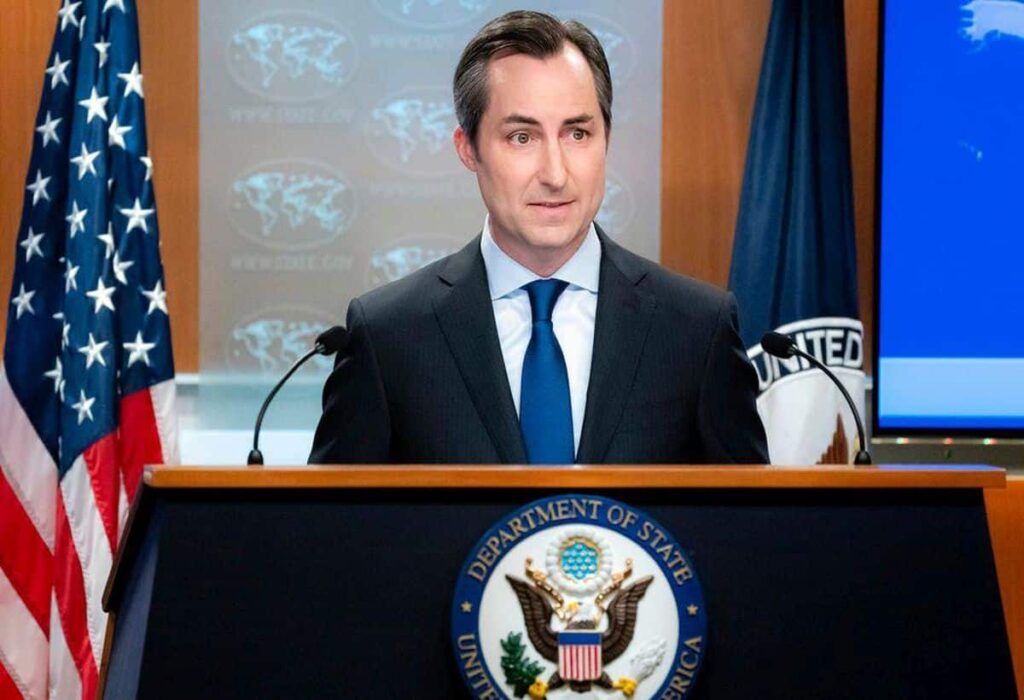The recent developments along the Line of Actual Control (LAC) between India and China have drawn global attention, particularly due to the strategic implications for regional security and international relations. On October 29, the United States officially welcomed the withdrawal of Indian and Chinese troops from confrontational points in Eastern Ladakh. This gesture indicates a hopeful step towards de-escalation in a region marked by tension and military standoffs. However, the U.S. State Department clarified that, while keeping communication lines open with New Delhi, it has not played a direct role in mediating the boundary disputes between India and China.
Understanding the India-China LAC Dispute
The LAC has long been a contentious issue between India and China, with both nations claiming various territories. The most significant flashpoints include areas in Eastern Ladakh, where military confrontations have escalated since 2020. Understanding this dispute requires examining the historical context, military movements, and current diplomatic efforts.
Historical Context
The roots of the conflict trace back to the Sino-Indian War of 1962 and subsequent border agreements that have often been ignored or unfulfilled. The LAC itself is not a legally recognized boundary but rather a demarcation line drawn unilaterally by both nations, leading to differing perceptions and frequent tensions.
Military Movements and Standoffs
Since 2020, military presence has increased significantly on both sides of the LAC. Numerous confrontations have taken place, with both countries amassing troops and equipment in sensitive areas. The situation escalated in June 2020 with violent clashes that resulted in casualties, highlighting the urgent need for a resolution.
| Year | Event | Significance |
|---|---|---|
| 1962 | Sino-Indian War | Defined early hostilities and territorial aspirations. |
| 2020 | Ladakh Standoff | Renewed military tension and geopolitical rivalry. |
| 2021-2023 | Diplomatic Engagements | Attempts at dialogue and troop de-escalation. |
International Responses and Reactions
India’s effort to secure its borders has garnered considerable international support. The U.S. position is particularly significant given its strategic partnership with India. By welcoming troop withdrawals, the U.S. aims to stabilize the region, yet it refrains from direct involvement in the conflict resolution process.
Role of the United States
The U.S. has positioned itself as a supporter of international norms regarding territorial sovereignty. While it maintains a stance of non-intervention, its geopolitical interests in South Asia and the Indo-Pacific region compel it to monitor developments closely. The U.S. strategy also includes ensuring that such territorial disputes do not escalate into broader regional conflicts that could impact global stability.
Future Prospects
The path forward for India and China involves continued dialogue and confidence-building measures to prevent further escalation. Establishing mechanisms for transparency regarding troop movements and operational activities along the LAC will be critical in fostering trust. Additionally, engaging third-party nations, including the U.S., could facilitate discussions while respecting the sovereignty of both countries.
In conclusion, the recent troop withdrawals in Eastern Ladakh represent a cautiously optimistic moment amid ongoing tensions between India and China. While the U.S. has shown support for peaceful resolutions, it has emphasized that any resolution should ultimately be determined by the two nations involved. Ensuring stability along the LAC remains a vital objective, not just for India and China, but for the stability and security of the entire region.
